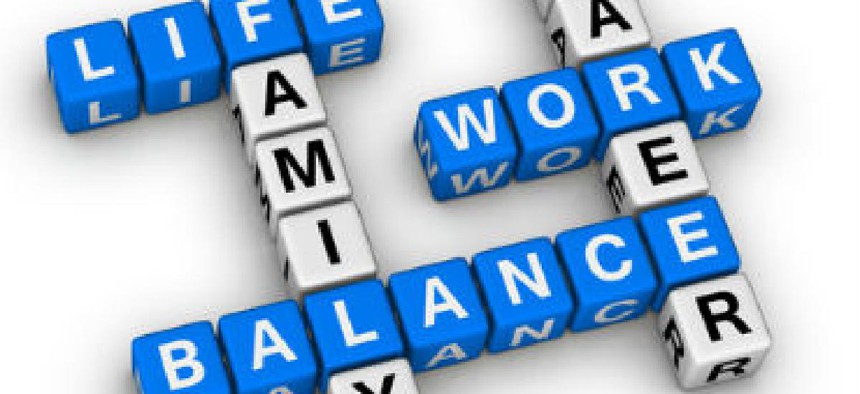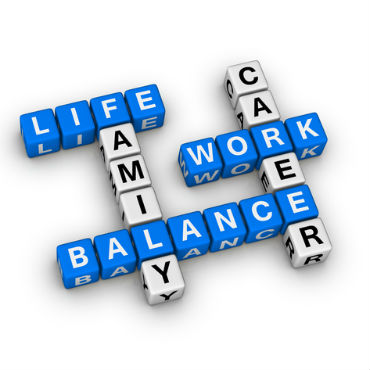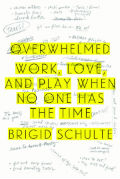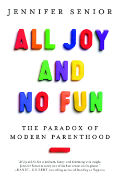3 books to improve your work/life balance

The authors of three recent books offer their suggestions for feds who are struggling to maintain satisfying personal and professional lives.

Many people choose federal service at least in part for the promise of work/life balance. The government supports telework, prioritizes wellness and offers benefits such as on-site child care and employee assistance hotlines. Work/life balance consistently ranks in the top three employee priorities in surveys.
So why are so many federal executives online until midnight, scheduling late-day meetings and generally overworked?
Three new books offer insight into that question, and each has a slightly different take on how to advance your career while maintaining a satisfying family life (and your own sanity). We spoke with each author to tease out the pearls of wisdom for government IT workers.

'Overwhelmed'
Brigid Schulte, author of "Overwhelmed: Work, Love and Play When No One Has the Time," traveled the world in search of work/life balance. A combination of memoir and professional reporting, the book begins with a time-use researcher's assertion that Schulte had nearly 30 hours of leisure a week, which was very much at odds with her experience of juggling her demanding job as a Washington Post staff writer and a busy family life. The book goes on to explore the challenges of simultaneously raising a family, sustaining a marriage and pursuing a meaningful career.
Schulte's conclusion: The modern workplace puts impossible demands on white-collar workers' time and energy. Therefore, employees must set reasonable boundaries and advocate for change in their workplaces and society in order to fully meet their family responsibilities and enjoy their lives.
Indeed, when work is kept within 35 to 45 hours a week, we are more innovative and productive than when we log 60-plus hours. No less an industrial luminary than Henry Ford discovered that the 40-hour workweek optimized worker productivity without risking burnout. For knowledge workers, Schulte cites compelling research that we can achieve only six hours of high-value productivity each day.
Technology workers are particularly susceptible to the fallacy that it's beneficial to spend more hours on the job. "There's this macho culture in the IT and tech field that the more hours you work [and] the less sleep you get, the more dedicated you are and the better worker you are," Schulte told FCW. "You're not more productive. You're doing nobody any good by putting in crazy, crazy hours."
Instead, work with your team and managers to create a clear set of goals and a realistic description of the work that needs to happen. Take quiet time alone to identify your few top priorities each day and each week, and stick to that plan. Use your vacation time, and recognize that sometimes taking a break is a faster path to a solution than hunching over a keyboard all night or spending more time in meetings.
"Neuroscience is showing that when we are idle, when we are at rest, when we take a break from work, we are actually most creative," Schulte said. "That is when our brains are most active. That is when the 'aha' moment of inspiration comes."
We must also guard against technology-aided interruptions to our workflow, such as email and instant messaging. They are seductive and hard to control, and they degrade our work. Train yourself to work in pulses of 60 to 90 minutes without any interruptions. You'll be more productive overall and better able to end the day at a reasonable time to return to your family, Schulte said.

'All Joy and No Fun'
Earlier this year, it was almost impossible to turn on the radio or open a book-related publication without seeing something about "All Joy and No Fun: The Paradox of Modern Parenthood" by New York magazine writer Jennifer Senior. Like an anthropologist studying modern-day America, Senior made a series of visits to parents, families and researchers in a quest to understand how raising children has become so overwhelming and why it contributes to parental unhappiness.
The broad changes in society in the past few decades -- notably women flooding the workplace and the dominance of two-income families -- underpin the phenomena that Senior describes, much as they do in Schulte's book. Senior, however, zeroes in on the overwhelming weight we put on children to give our lives meaning and emotional fulfillment, as opposed to previous generations that reproduced in order to have more hands on the farm. Indeed, her insight points to one big takeaway from "All Joy and No Fun": Everyone will be better off if you train your children to do chores and contribute to the household.
"Children have lost productive function," Senior told FCW. "I'm all for the revival of chores early and often. It's a way of building family unity."
As for work/life balance, perhaps the first step is to count our blessings as white-collar workers with decent pay. "If you work in the federal government, you've already got the luxury of thinking about work/life balance," she said.
"It's a high-class problem to begin with to be able to contemplate getting work/life balance because it means you don't have three shifts to worry about and an impossible commute," Senior said. "You're probably working pretty close to home, and you have your dental taken care of."
The next step requires a shift in perspective. Understand that you're not alone in being challenged to meet family and work responsibilities, and let go of the expectation that the precious, limited time you spend with your children will be 100 percent bliss.
"All of us are dogged by the lives we didn't lead," Senior said, citing British psychotherapist Adam Phillips' writing on the power of our imagined lives to cast a pall over the reality. "Our kids acting according to plan is a very real fantasy."
Senior said we should accept that our lives will be more lopsided than balanced and tilted in favor of work or family depending on our circumstances and our own preferences. "Embracing lopsidedness isn't bad," she added.
We should also recognize that home lives, especially with young children, will be chaotic, messy and not conducive to the elusive flow made famous by Mihaly Csikszentmihalyi in his 1990 bestseller "Flow: The Psychology of Optimal Experience." The satisfying feeling of solving a problem in several hours of focused work is unlikely to be replicated at home, Senior said.

'What Works for Women at Work'
Every career woman could benefit from reading "What Works for Women at Work: Four Patterns Working Women Need to Know," by academic Joan Williams and her daughter, Rachel Dempsey. And it would also be beneficial for men who hope to understand the gender bias that hinders women's advancement and is often unconsciously perpetuated by men and women.
Either way, the book's plentiful examples and suggestions provide smart strategies for federal workers to find work/life balance without calling their commitment to career into question. Williams and Dempsey condensed 35 years of social science research into four patterns of observed gender bias that were confirmed in their interviews with more than 125 professional women. Not every woman experienced every pattern, but all recognized at least one.
- The tightrope. To succeed at work, women must display typically masculine traits such as assertiveness without being seen as too aggressive, and they must display typically feminine traits such as compassion without being seen as weak. Those who fall off the tightrope are penalized for having "sharp elbows" or not being leadership material.
- Prove it again. Men receive the benefit of the doubt on performance, whereas women are only as good as their last win.
- Maternal wall. Having children calls into question women's commitment to their careers.
- Tug-of-war. Women might be pitted against one another in workplaces perceived to have room for only a few successful women.
Those are challenging patterns to recognize and acknowledge in our workplaces, which we may feel are gender-neutral and fair to all. But they have been documented by reams of research pulled together by Dempsey and Williams, founding director of the Center for WorkLife Law at the University of California's Hastings College of the Law.
"You have to be aware of these problems or you can't strategize to solve them, but also, you have to have strategies that allow you to solve problem one without creating problem two," Williams told FCW.
NEXT STORY: How to get the most out of mobility


